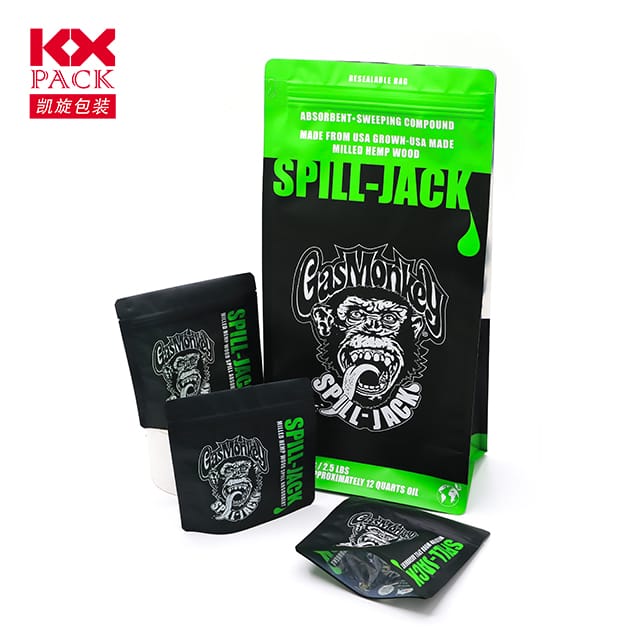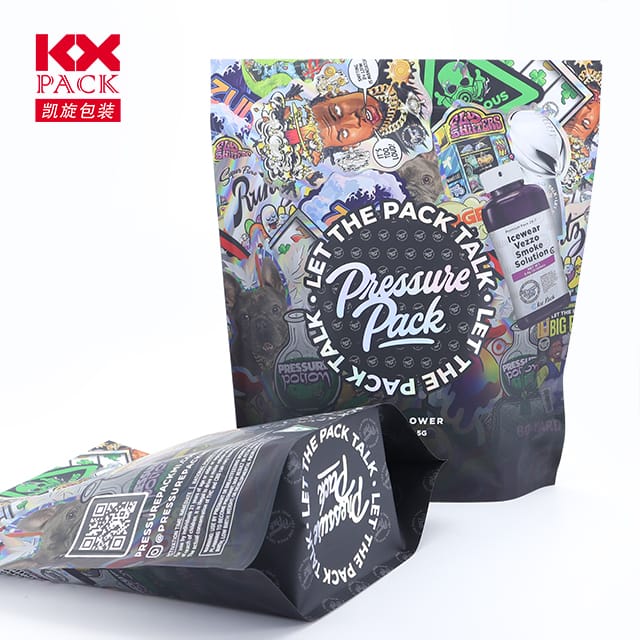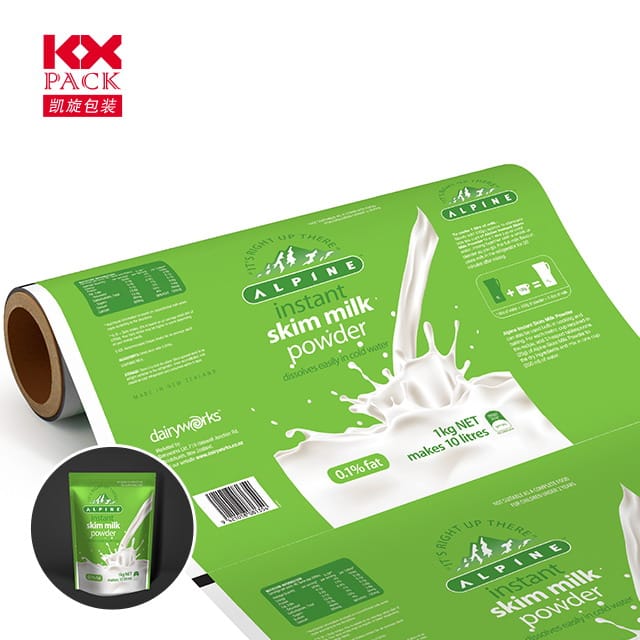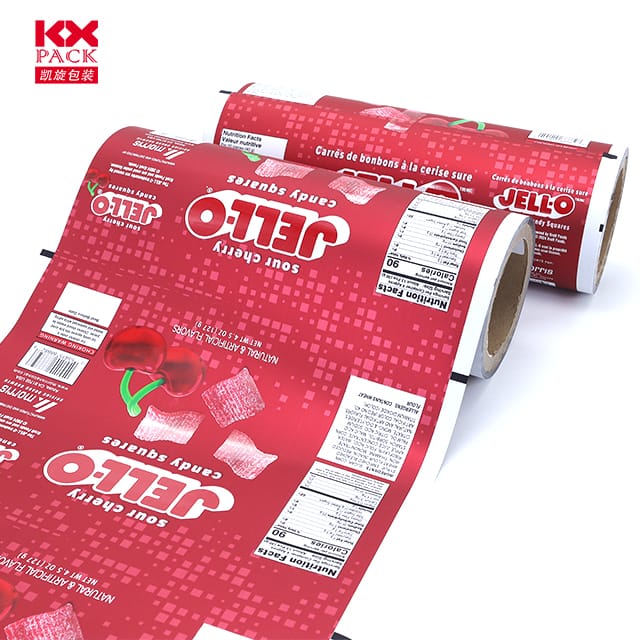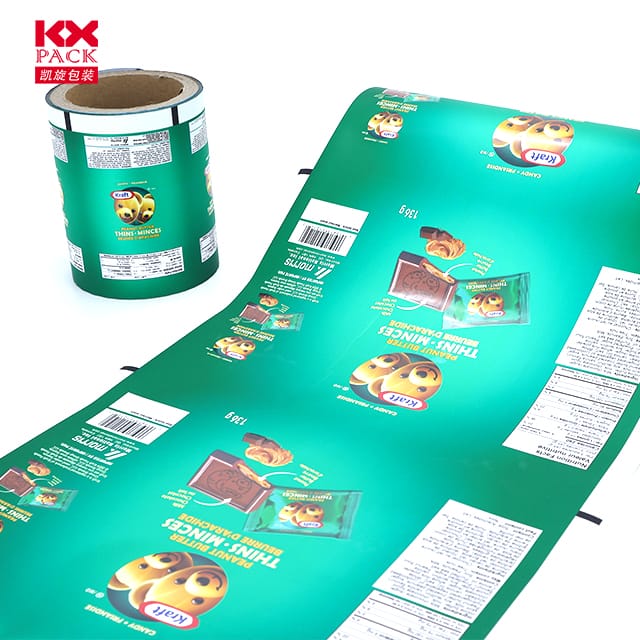Senplifye efikasite: Wòl nan woulo otomatik fim anbalaj nan manifakti modèn (2)
Otomatik anbalaj fim woulo
In today’s fast-paced manufacturing landscape, efisyans, presizyon, ak dirab yo ki pa negosyab. Enterotomatik anbalaj fim woulo—a cornerstone of automated packaging systems that revolutionize how businesses wrap, so, ak pwoteje pwodwi yo. Si ou se nan pwodiksyon manje, e-komès, oswa manifakti endistriyèl, woulo fim sa yo se ewo yo unsung nan optimize chèn ekipman pou. Let’s unpack why they matter and how they’re transforming industries.
What Are Automatic Packaging Film Rolls?
Otomatik anbalaj fim woulo are high-performance, continuous sheets of flexible material (often plastic, Polymers biodégradables, or paper-based composites) designed for use in automated wrapping machines. These machines stretch, so, and cut the film to fit products of varying sizes, eliminating manual labor and reducing waste.
Key features include:
- Customizable dimensions: Widths, epesè, and lengths tailored to specific applications.
- Material diversity: Options like LDPE, POF (polyolefin), Bopp, and eco-friendly alternatives.
- Enhanced durability: Resistance to tears, imidite, and UV exposure for product protection.
Why Automatic Film Rolls Are a Game-Changer
- Speed and Precision:
Otomatik anbalaj fim woulo systems can wrap hundreds of products per hour with consistent tension and sealing, drastically reducing bottlenecks in production lines. - Cost Savings:
- Minimizes material waste through precise cutting and optimized stretch ratios.
- Reduces labor costs by replacing manual wrapping teams.
- Product Safety and Presentation:
- Tight, uniform wraps prevent damage during transit.
- Clear or printed films enhance brand visibility with custom labels or logos.
- Dirab:
- Thinner, high-strength films reduce plastic use without compromising protection.
- Biodegradable and compostable options align with eco-conscious consumer demands.
Industries Benefiting from Automatic Film Rolls
- Manje ak bwason: Extended shelf life with moisture-barrier films for perishables.
- E-commerce: Secure packaging for fragile items like electronics or glassware.
- Famasetik: Tamper-evident seals for compliance and safety.
- Logistics and Warehousing: Bulk pallet wrapping for stable, space-efficient storage.
Choosing the Right Film Roll for Your Needs
Not all films are created equal. Here’s what to consider:
- Product Weight and Shape: Heavy or irregular items may require thicker, high-cling films.
- Environmental Impact: Opt for recyclable or plant-based materials if sustainability is a priority.
- Machine Compatibility: Ensure the film’s thickness and stretch ratio match your wrapping equipment.
- Budget: Balancing upfront costs with long-term savings on material and labor.
Innovations Driving the Future
The packaging industry is evolving rapidly, with automatic film rolls at the forefront:
- Fim entelijan: Embedded sensors for real-time tracking of temperature, humidity, or shock during transit.
- Nanotechnologie: Ultra-thin, ultra-strong films that reduce material use by up to 50%.
- Solisyon ekonomi sikilè: Films designed for easy recycling or composting to cut landfill waste.
Best Practices for Implementation
- Audit Your Current Process: Identify inefficiencies (Eg., excessive film waste, slow wrapping speeds).
- Test Before Scaling: Pilot new films with your machinery to ensure compatibility.
- Train Your Team: Educate staff on machine maintenance and film-handling best practices.
- Monitor Metrics: Track savings in material costs, labor hours, and product damage rates.
Konklizyon
Automatic packaging film rolls are more than just a supply chain tool—they’re a strategic investment in efficiency, dirabilite, and customer satisfaction. As businesses race to meet rising demands while reducing their environmental footprint, these films offer a win-win solution.
Ready to upgrade your packaging process? Start by assessing your needs, exploring eco-friendly options, and partnering with suppliers who prioritize innovation. The future of packaging is automated, adaptab, and aligned with a greener planet.
What challenges have you faced with packaging? Share your thoughts or success stories in the comments below! 📦💡🌱


